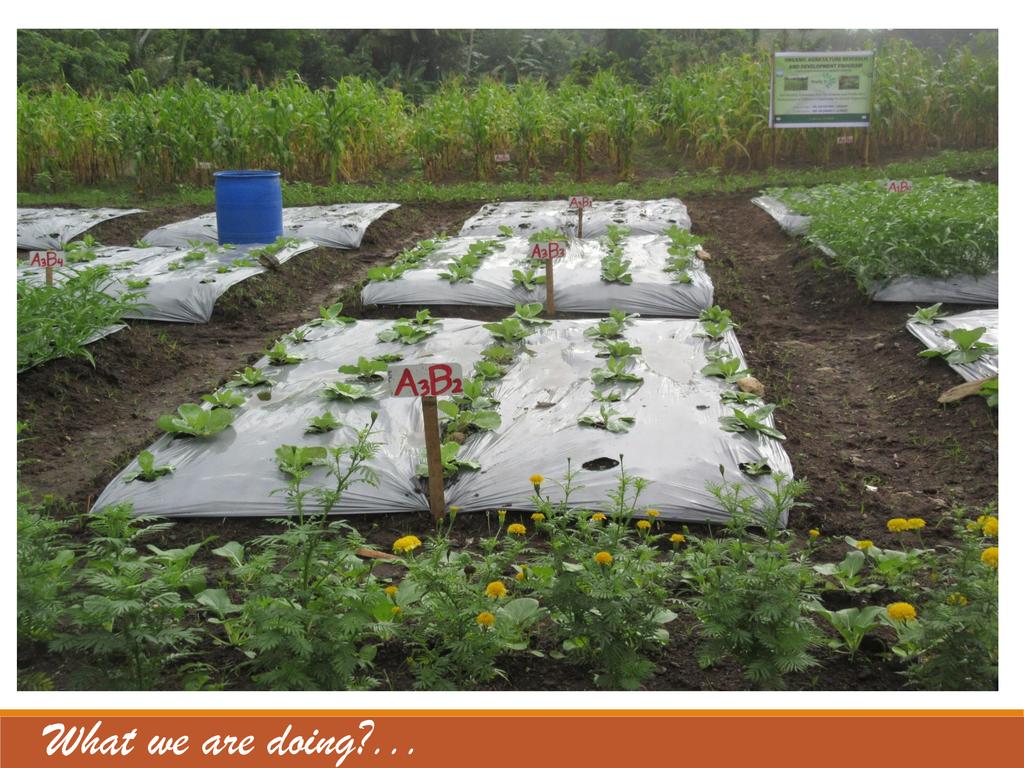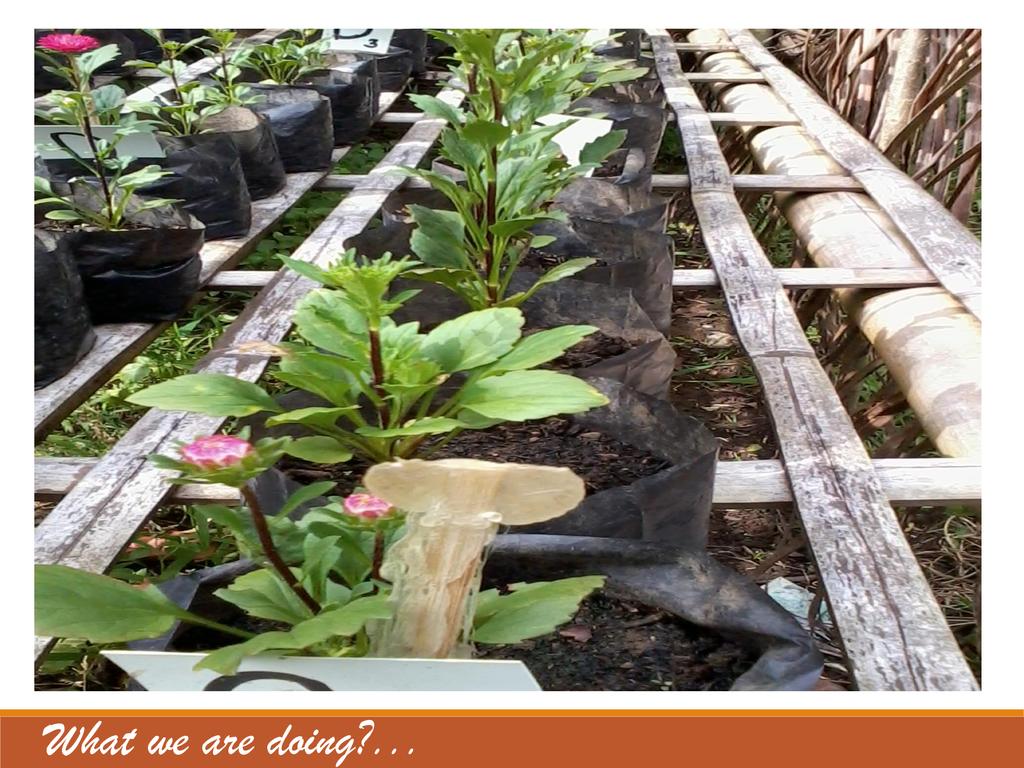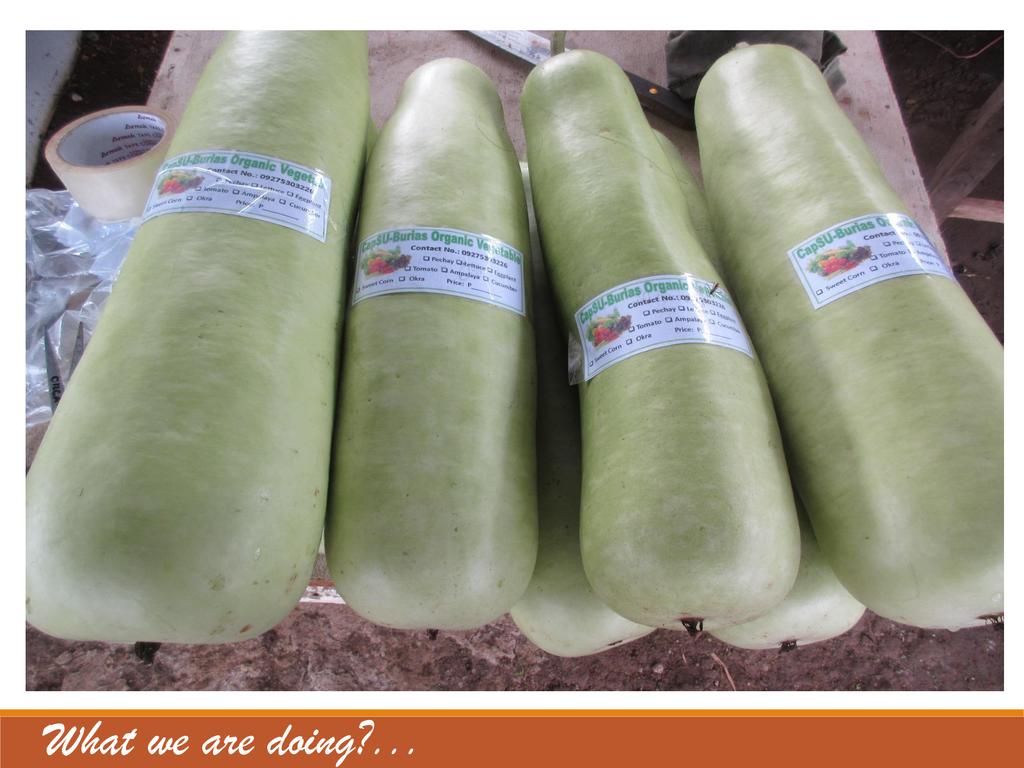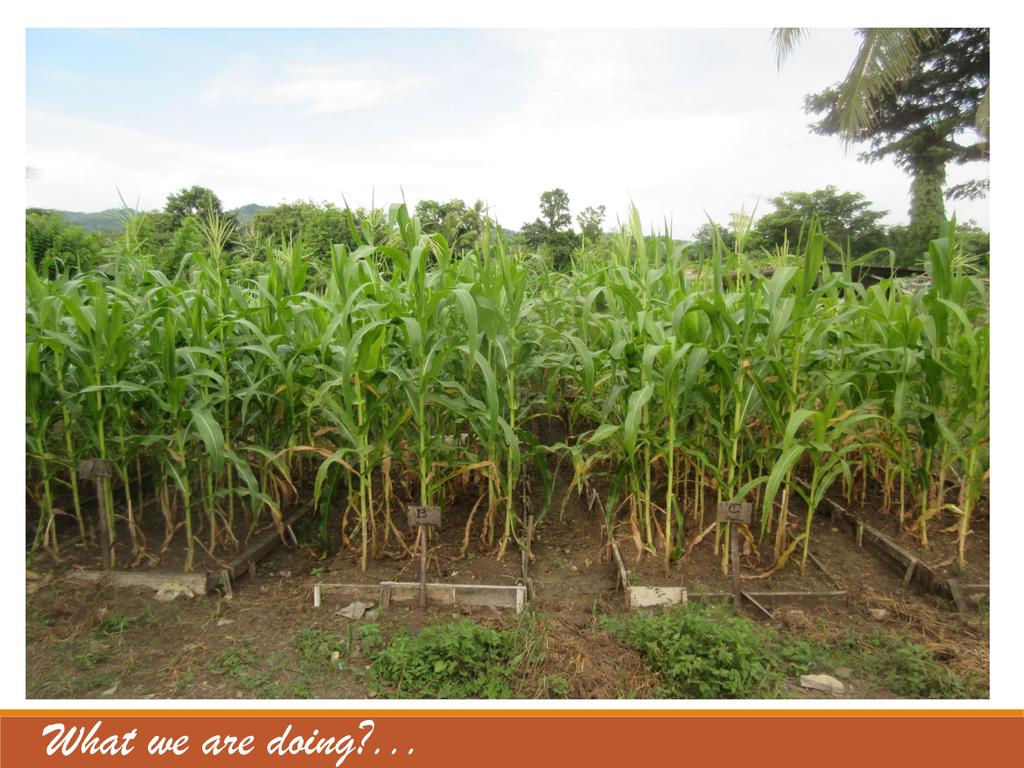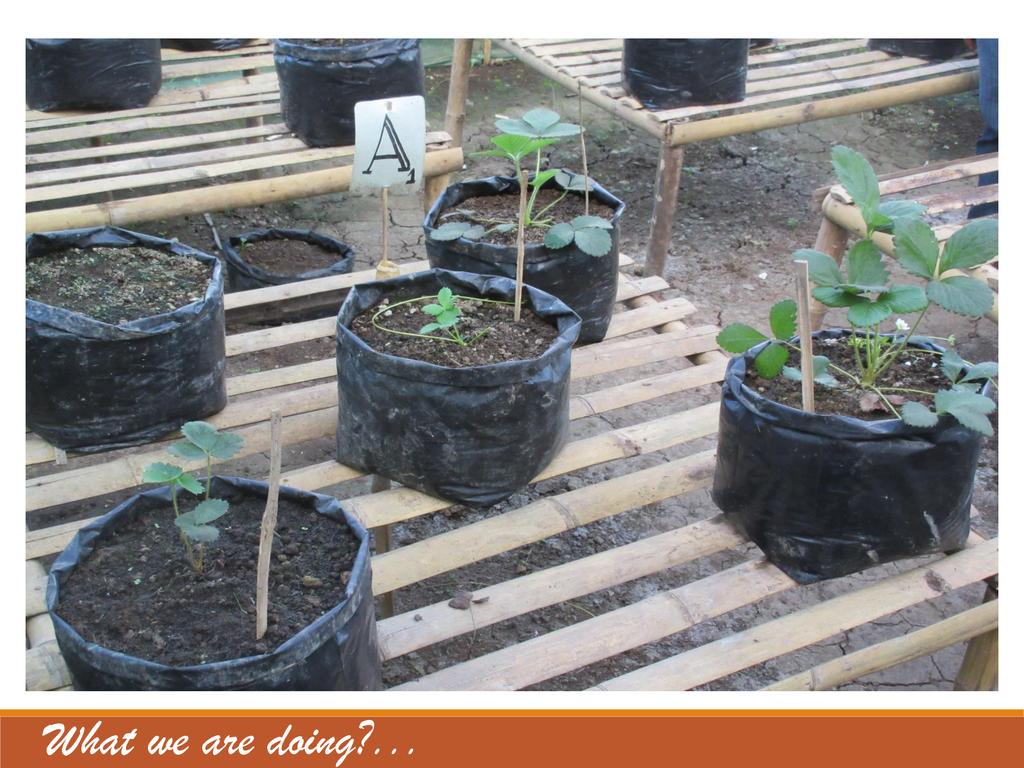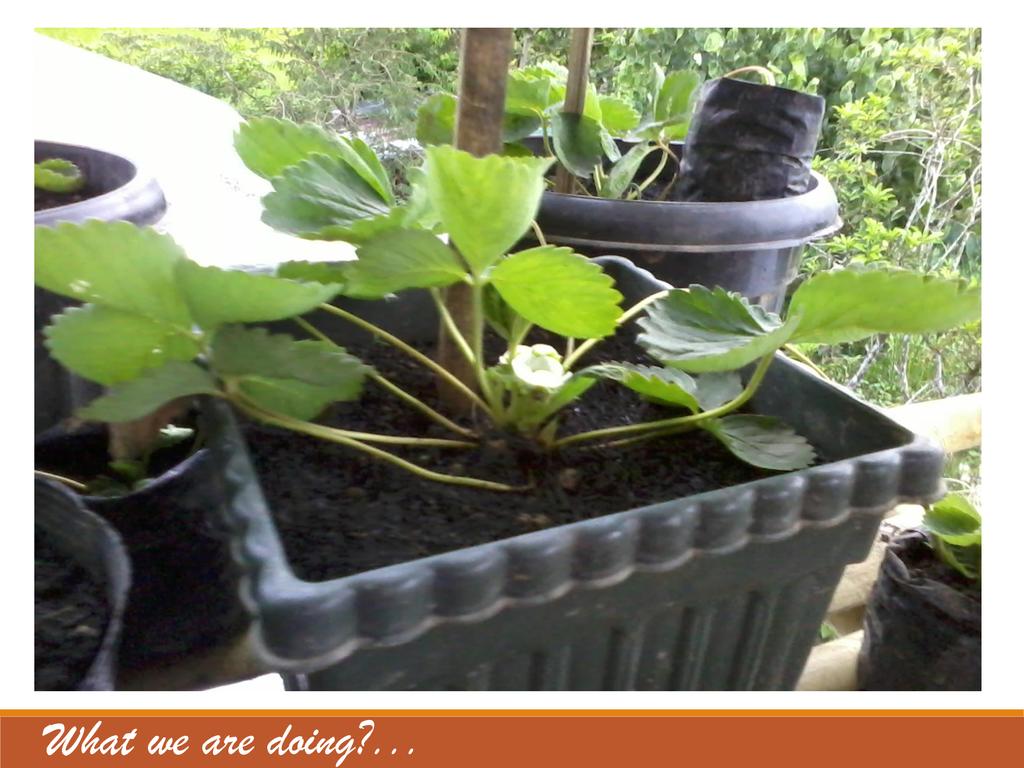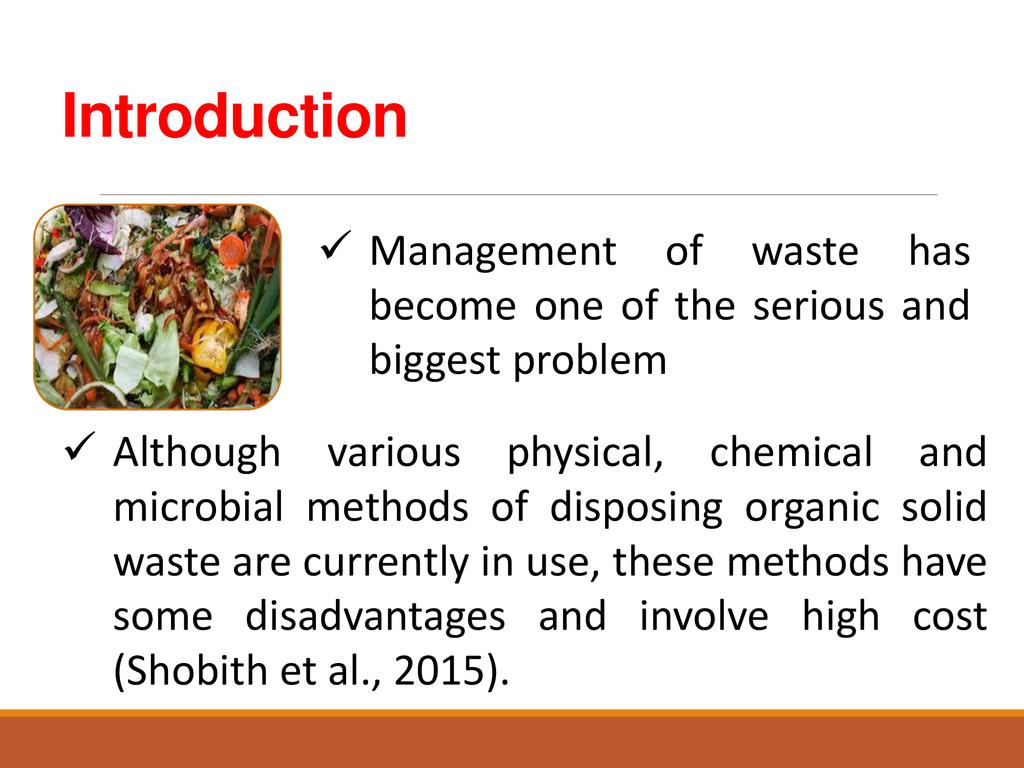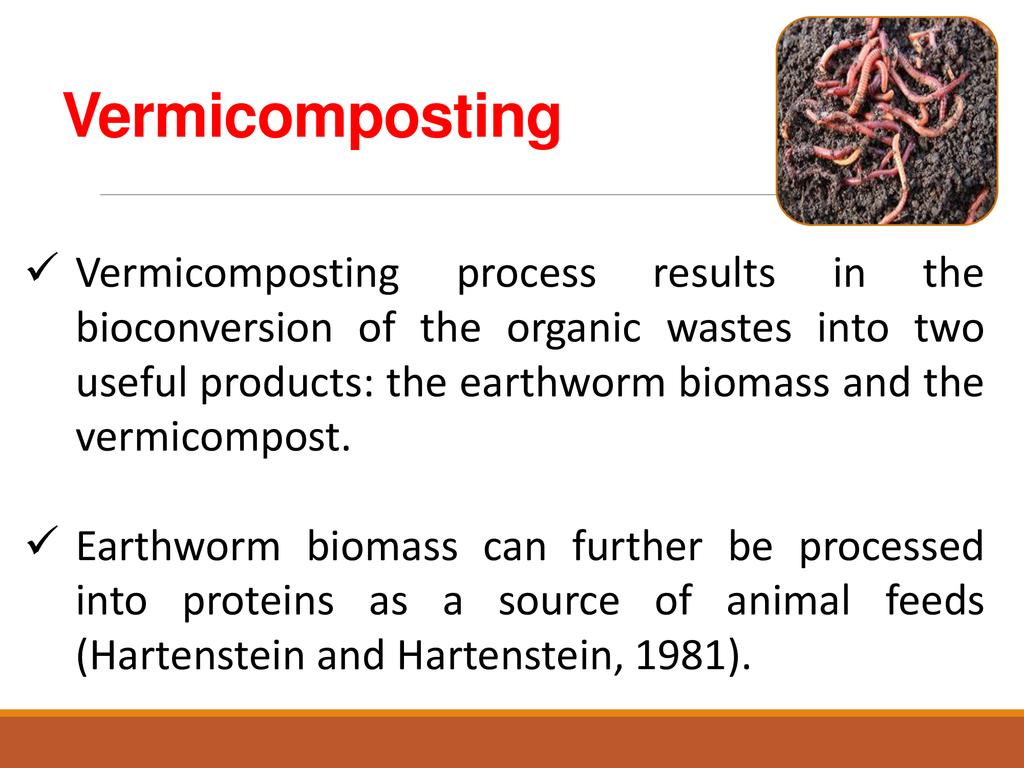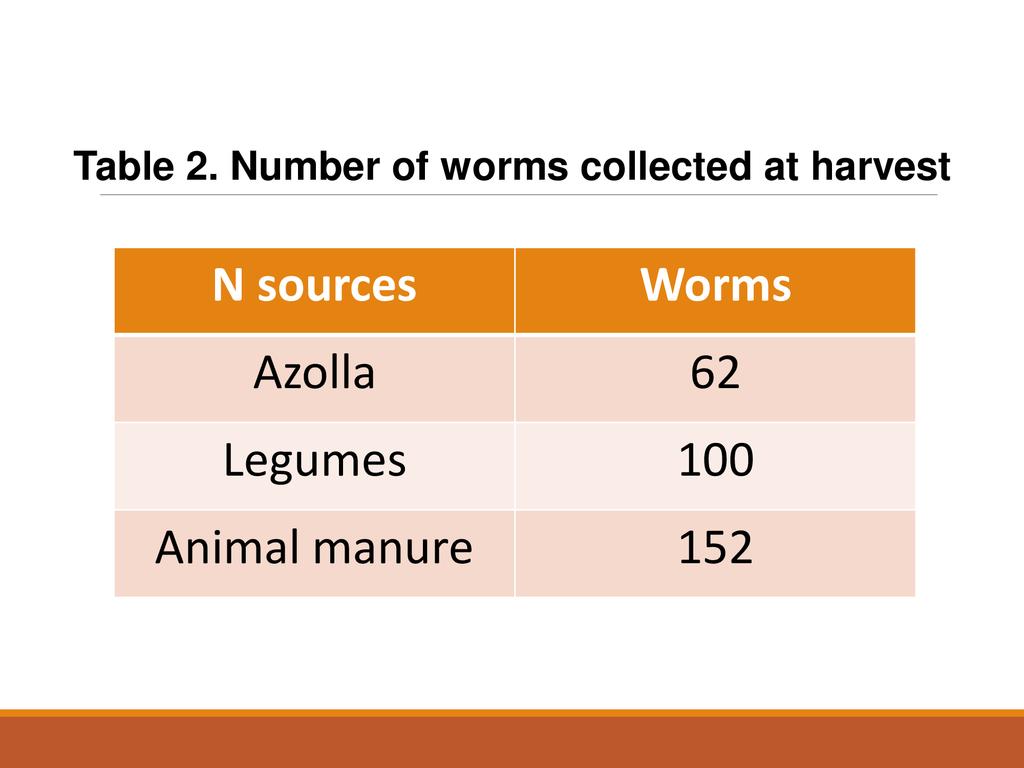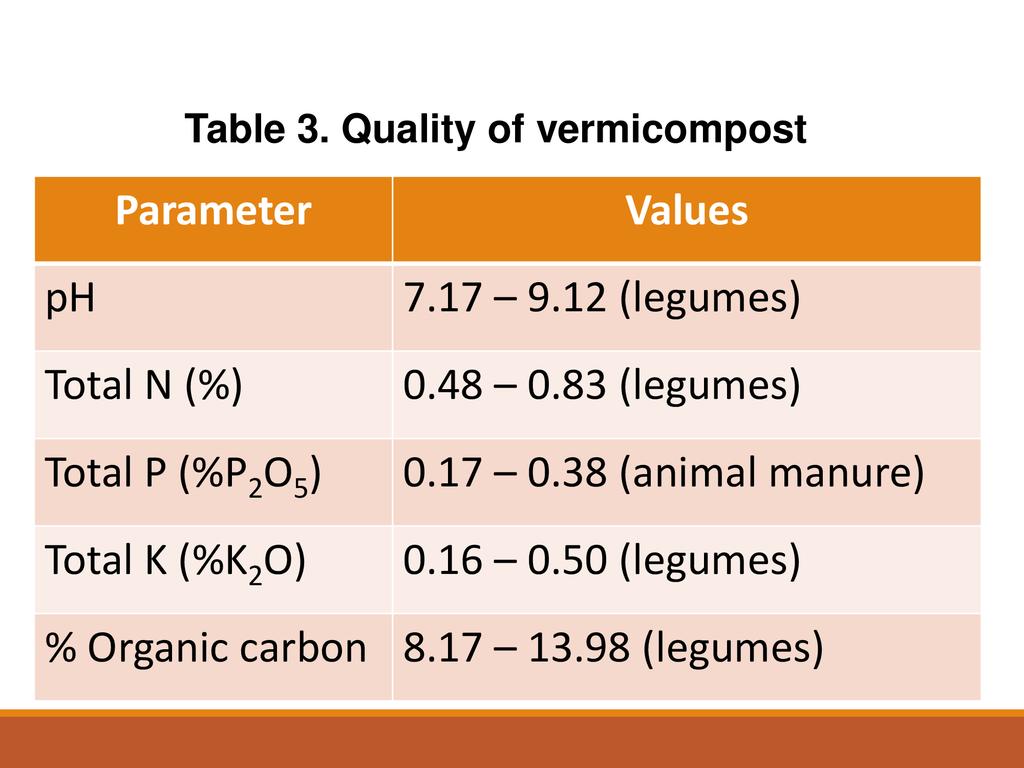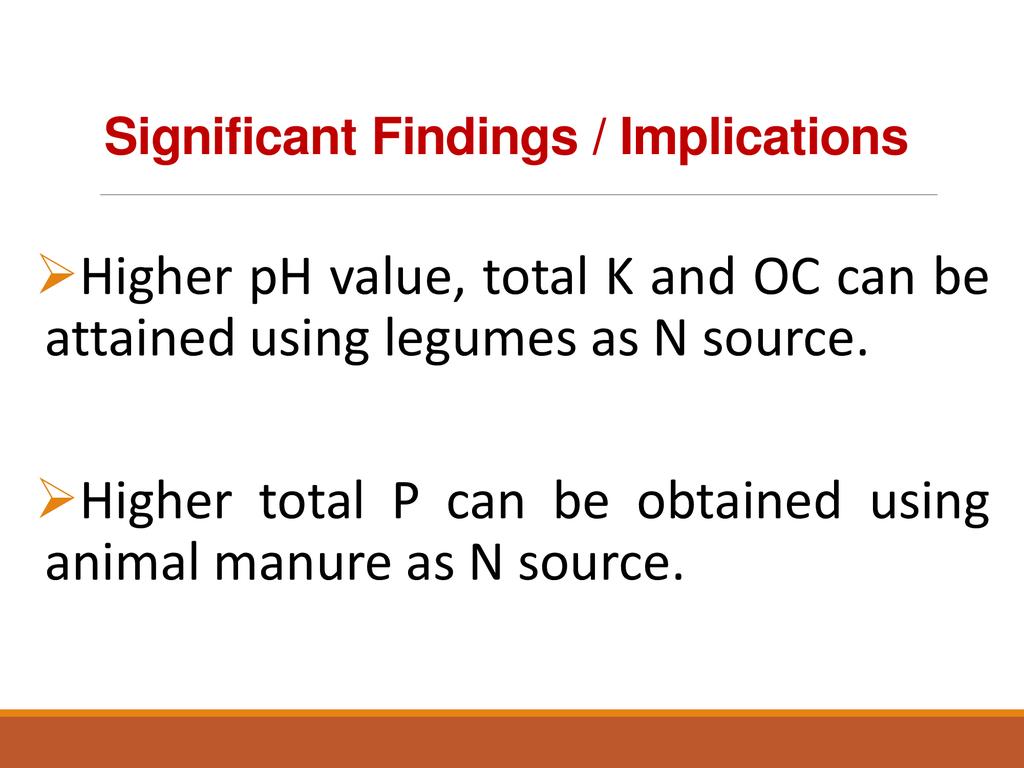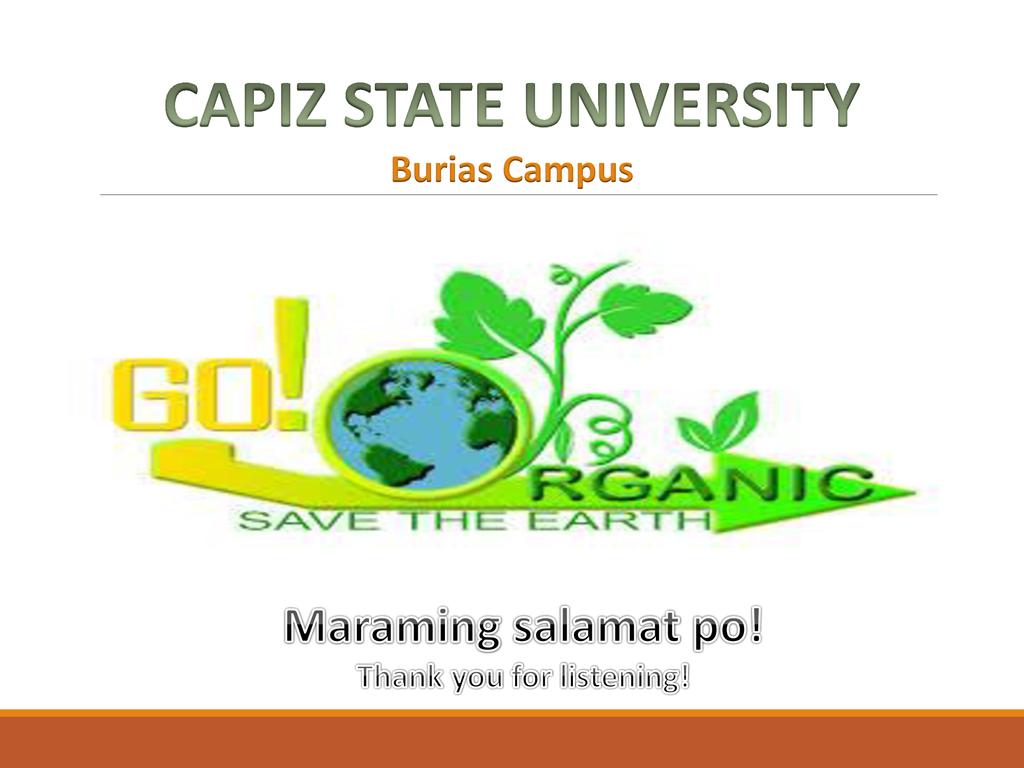Effect of Nitrogen Sources and Substrate Combinations on the Yield and Quality of Vermicomposting Using Night Crawler (Eudrilus eugeniae Kinberg)
Presented By: Dr. Ryan Tesoro Sarimong and Dr. Salvacion Jaguio Legaspi
Event: Asia Pacific Sustainable Agriculture & Community Development Conference (06-02-2018)
Speaker Bios: Dr. Salvacion Jaguio Legaspi finished her BS Agriculture (Plant Breeding) at the University of the Philippines Los Banos (UPLB), MS Agronomy at Capiz State University (CapSU) and Doctor of Philosophy in Horticulture (Plant Physiology) at UPLB. She is currently the Director of the Crop Science Research and Development Center of CapSU and holds the academic rank of Professor VI. She is also a Licensed Agriculturist and Teacher.
Dr. Ryan Tesoro Sarimong obtained his BS in Agriculture (Soil Science) at Leyte State University (LSU), MS Agronomy at Capiz State University (CapSU) and Doctor of Philosophy in Soil Science (Soil Chemistry) at the University of the Philippines Los Banos (UPLB). He is presently designated as Research Chair of CapSU Burias Campus and holds the academic rank of Associate Professor III. He is also a Licensed Agriculturist where he got 9th place in the 2006 LEA.
Abstract: The rapid increase in the volume of waste accompanying the population growth is threatening the safety of our environment. Vermicomposting can be a viable and economical strategy for the efficient management of organic solid waste. This study evaluated the yield and quality of vermicompost using African night crawlers (Eudrilus eugeniae Kinberg) as affected by different N sources and substrate combinations. A 3x5 factorial experiment with three replications in CRD was laid-out in the vermi shed of the Organic Agriculture area of CapSU Burias. Different N sources (azolla, legumes and animal manure) served as Factor A while five substrate combinations were tested for Factor B. African night crawler from the vermicompost project of the University was used.
Results revealed that in terms of vermicompost yield, different N sources affected the weight of vermicompost produced, as well as the final number and weight of worms collected. Different substrate combinations however did not influence the yield parameters of vermicompost. Interaction effect between N source and substrate combination affected the final weight of vermicompost. As to the quality of vermicompost produced, the kind of N source influenced the pH, total P, K and OC content of vermicompost, but not the total N content. Substrate combinations affected the pH value of vermicompost. Interaction effect between N source and substrate combination also affected the pH value of vermicompost, but not the other quality parameters.






